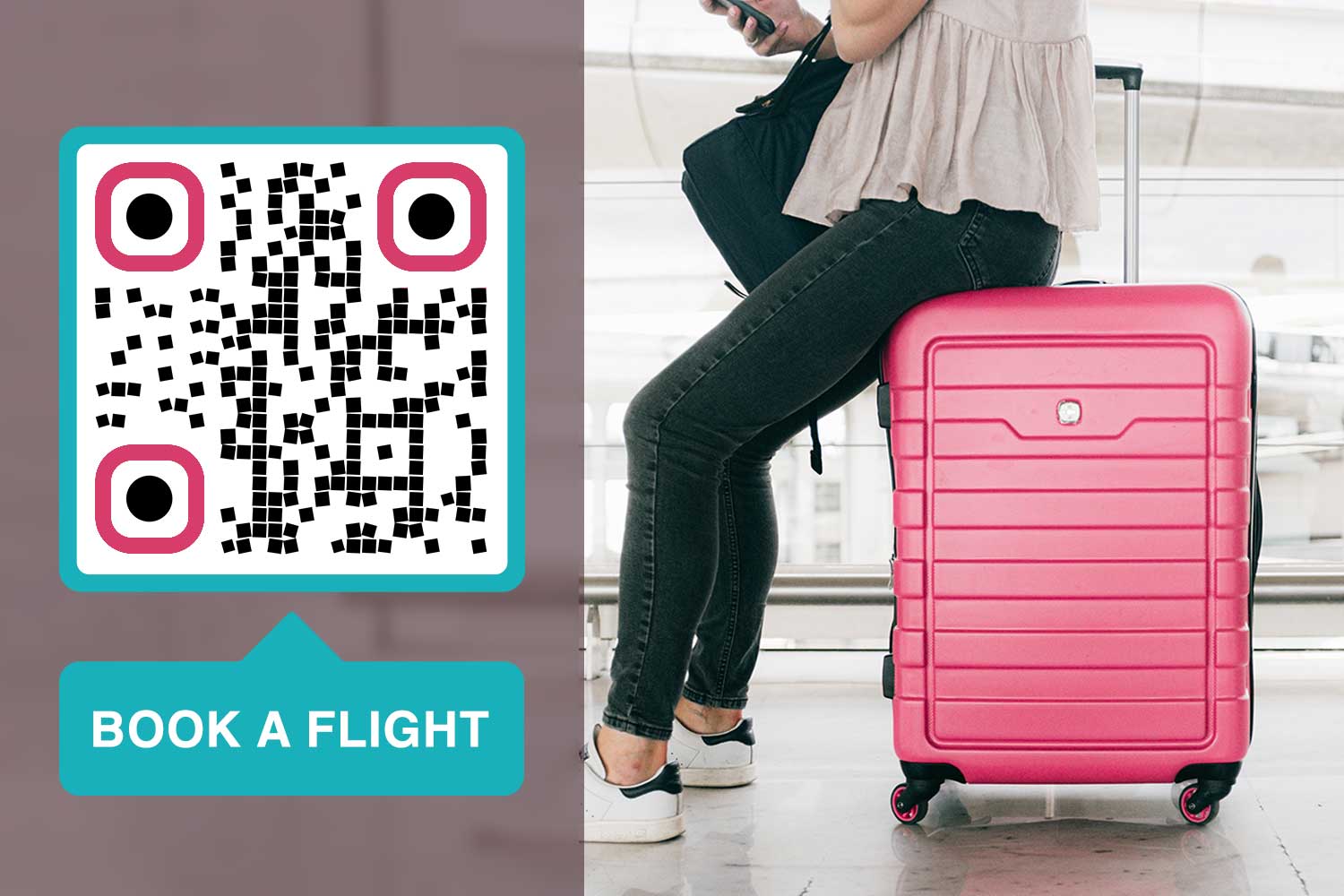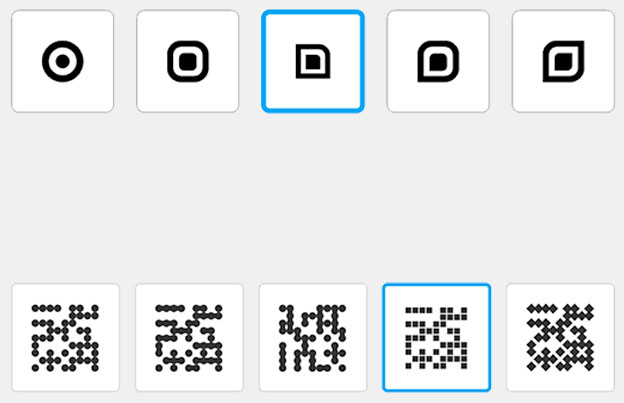People are starting to travel again thanks to vaccines. Airline companies are now offering customers contact-free solutions for checking in and getting flight information, thanks to using a QR Code maker. They make QR Codes because this helps people interact in a safer way and shows customers they care for their health. Not to mention that QR Codes are really easy to scan and make the whole process more convenient and faster.
How are airlines and airports doing after the Covid-19 pandemic?
Even though airlines caught a fatal blow during the pandemic, we can now see a healthy recovery. The last 10 years have been great for most airlines, they have enjoyed continuous growth. Thankfully, the coronavirus was only temporary and now things are starting to go up again – both the airplanes and stocks of airplane companies.
By checking the TSA flight counts, we can see that things are going back to normal. We haven’t reached the previous peak yet, but people are wishing to travel and enjoy life once again. Airlines and airports are allowing their customers to rebook their travel plans for greater flexibility.
How are airlines and airports using QR Codes?

While there are many different options for how to make a QR Code and use it at airports, there are a particular few that work better than others. In general, QR Codes are helping airports become more efficient and capable with social distancing and keeping infection numbers down.
#1 Free WiFi
Getting free WiFi access at an airport is nowadays common sense. However, you may not want to leave your network open to all guests, because it can easily get overloaded. If your network is password-protected, you can make it easy for the selected people who are your customers to automatically join by scanning a WiFi QR Code.
Alternatively, QR Codes also help with promoting free WiFi access. Often there are many different networks to choose from and it can be confusing. By placing the proper QR Codes near each airport terminal and section, people will not have to guess or test different networks.
#2 QR Code parking
Similar to boarding passes, parking tickets can be digitalized via QR Codes. Furthermore, QR Codes can be used for payment as well. This helps reduce waste, cut down on time loss, and make the world a happier place.
#3 Contact free check-in and digital boarding passes

In some airports, we can already see more QR Codes being used for check-ins and boarding passes than regular paper. This is also great for the environment, as it saves cutting down trees and excessive waste. You can use a QR Code to check in for your flight. You can also use it to pass the security gates and board your flight.
Mainly, this decreases wait time and long queues. Secondly, the same QR Code ticket can be used in many different places across the airport. From the duty-free store discounts to chilling at the airport lounge.
#4 Advertising
Many airports are already displaying the majority of their ads with QR Codes placed next to them. This lets people take the ad with them into their smartphone and continue reading it later. Otherwise, people are just walking by the physical ads and there is no way to track the conversion on these ads.
Now is a great time to take advantage of this easy digital marketing trick. Not only will this increase conversions, but also more customers will genuinely be interested in interacting with different ads because it is made convenient for them.
The QR Code can take customers to an online shop, where they can instantly buy goods and services. This plays really well with the new normal that promotes social distancing and e-commerce shopping online.
#5 Share information safely

Aside from ads, there is a lot of information that needs to be shared in airports. QR Codes help airports share information in an efficient way that is environmentally friendly and promotes social distancing.
This is useful even after the pandemic because it keeps surfaces clean. Fewer people are touching the same spots and will spread fewer diseases, not to mention quicker and effective cleaning.
How to make a QR Code for airports and airlines?
- Check out the free QR Code generator tool
- Decide which type of QR Code you are looking for.
- Create the QR Code.
- Print it.
- Done!
Why do airports and airlines use QR Codes?
Companies are taking advantage of this technology because it helps customers feel safe. While safety is the most important reason, QR Codes are also inexpensive to create. The best part is that they don’t need to be printed out multiple times, even when you wish to change the content. A Dynamic QR Code helps us out with this, saving hundreds and thousands of reprinting costs.
QR Codes are connecting everything physical to the digital world. We can see many airports using QR Codes in a wide variety of ways, from posters to walls and even ceilings. QR Codes can be scanned from any direction or angle with a smartphone camera. This makes is really easy for people to use.
There is a variety of QR Code types available now for all kinds of needs and situations. In addition to checking in and buying things online, people in Estonia’s airports can now check if they have come into contact with anyone who carries the coronavirus. The solutions and possibilities truly are endless.
Frequently asked questions
Airlines and airports use QR codes for various purposes, including electronic boarding passes, Wi-Fi, check-in, baggage tracking, lounge access, and providing travel information.
QR codes in airline tickets typically contain passenger information, flight details, seat assignments, and a unique identifier for boarding.
Yes, you can check in for your flight using a QR code on your mobile device. Most airlines offer mobile check-in through their apps or mobile websites.
To scan a boarding pass QR code at the airport, open your mobile boarding pass on your device and present it to the airline staff or use self-service kiosks equipped with QR code scanners.
Yes, QR codes are used for contactless baggage check-in or tracking. Passengers can use mobile apps to generate QR codes for baggage tags and track their luggage throughout the journey.
Some airports and airlines offer QR codes for access to airport lounge services or amenities, allowing passengers to enjoy a seamless and comfortable travel experience.
Airlines and airports prioritize passenger data security and privacy when using QR codes. They implement encryption and secure transmission methods to protect personal information.
Passengers benefit from QR codes for flight updates or travel alerts by receiving real-time information on gate changes, delays, boarding times, and more through their mobile devices, ensuring a smoother travel experience.
Future developments in QR code use for airlines and airports may include expanded contactless services, enhanced security measures, and integration with biometric technology for streamlined passenger verification.




















